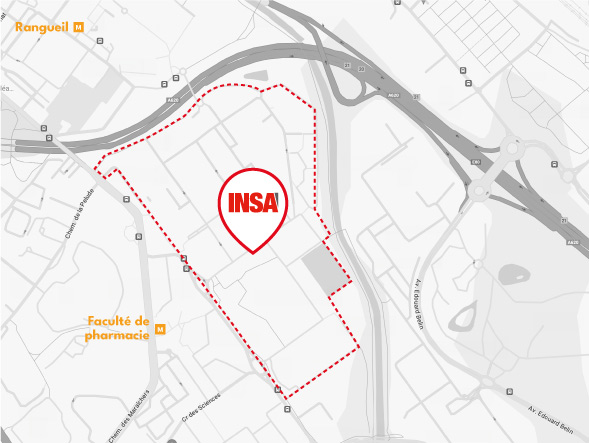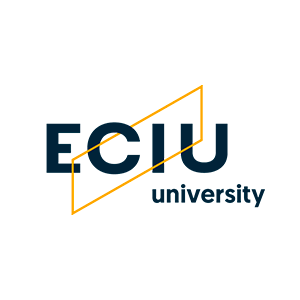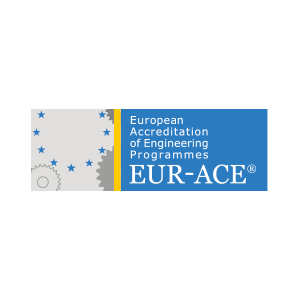Program (detailed contents):
Fundamental concepts of continuum mechanics:
– Physical properties of fluids and solids.
– Lagrangian and Eulerian formulations
– Tensor of deformations, strain rates and stresses
– Derivation of the general equations of continuum mechanics
Modeling and scientific computing in fluid mechanics:
– Dynamics of viscous incompressible fluids
– Dynamics of incompressible perfect fluids, potential flows
– Introduction to the finite volume method (FVM) for incompressible viscous fluids
– Implementation in PYTHON of the FVM on a simple problem
– Use of the industrial software FLUENT to model and compute the solution of some 2D problems (driven cavity, flow around a wing profile)
Modeling and scientific computing in structural mechanics
– Variational formulation and relation with the energy minimization for the elasticity problem.
– Numerical solution of elasticity with the finite element method.
– Modeling and computation of static as well as dynamic elastic problems through the use of an industrial software (ABAQUS)
– Multiscale model and code coupling.
– Development of python routines for the computation of stress concentration and local propagation of cracks within solids
– Data-Driven Computational Mechanics
– Introduction of the concept and application on a 2D example of lattice.













